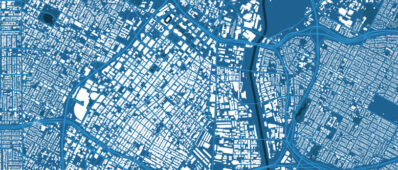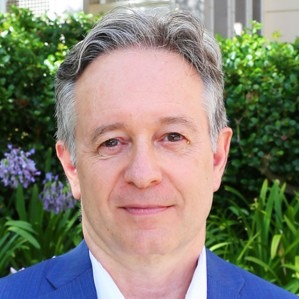Project Summary
This study is designed to empirically evaluate household acivity patterns in order to assess the impacts of transportation systems and services available on both economic structure community development in a multi-county region. The theory of travel behavior implicit in this approach relates household activity patterns (i.e., a collection of activities) directly to site locations and specific economic activities in the environment. The rationale for this approach is that by knowing how people respond to travel choice situations (i.e., how individuals sequence activities and allocate time-a physical space/time dimension of travel), the transportation researcher will be in a position to describe land-use and land-use change on the basis how the environment is used. The study group is using an existing large scale data base collected by the California Department of Transportation and the Southern California Association of Governments in 1976 that contains information about rural as well as urban travel behavior. Results of the in investigation are expected to provide useful information on the impacts of transportation systems and services available, and associated spatial, economic, and social patterns on various aspects of community development and investment decisions.








